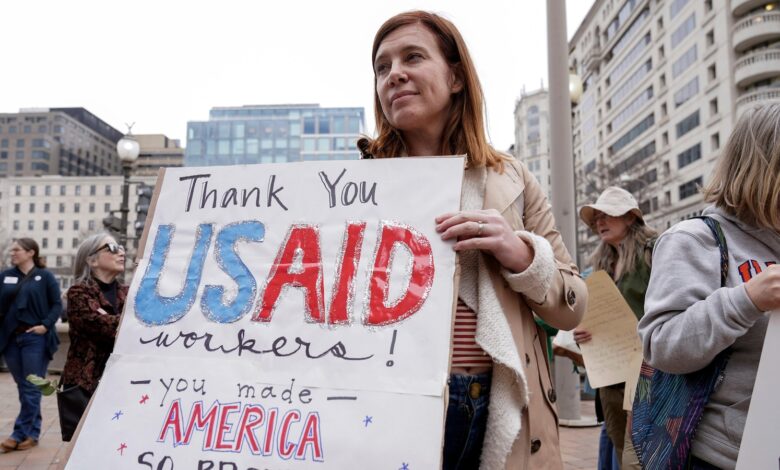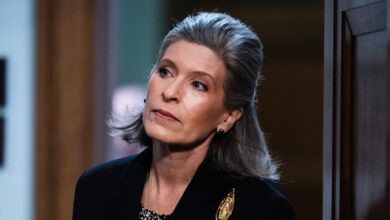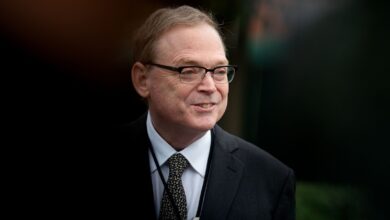Appeals court keeps block on Trump administration’s downsizing of federal workforce

SAN FRANCISCO — An appeals court refuses to freeze judge’s order halting federal workforce downsizing
SAN FRANCISCO — An appeals court on Friday rejected the Trump administration’s request to halt a California-based judge’s order that temporarily stops the downsizing of the federal workforce. The Department of Government Efficiency-led cuts will remain on pause as the legal battle continues.
A divided three-judge panel of the U.S. 9th Circuit Court of Appeals determined that the downsizing could have far-reaching consequences on critical areas such as the nation’s food-safety system and veteran health care. Therefore, they decided to keep the downsizing on hold while the lawsuit unfolds.
Despite the majority ruling, one judge dissented, suggesting that President Trump may have the legal authority to downsize the executive branch, and there are established processes for workers to challenge such actions.
The Trump administration had urgently requested a stay of an injunction issued by U.S. Judge Susan Illston of San Francisco in response to a lawsuit brought by labor unions, cities like San Francisco and Chicago, and the group Democracy Forward.
The Justice Department has also appealed Judge Illston’s ruling to the Supreme Court, arguing that federal judges had exceeded their authority in this matter.
Judge Illston’s order raised concerns about the legality of the Trump administration’s efforts to streamline the federal workforce, questioning whether they were acting within the bounds of the law.
President Trump has emphasized his mandate from voters to reshape the federal government and appointed billionaire Elon Musk to lead the initiative through the Department of Government Efficiency.
While the exact number of job cuts is not officially disclosed, tens of thousands of federal workers have either been terminated, resigned through deferred resignation programs, or placed on leave.
Judge Illston’s order directs various federal agencies to cease implementing the president’s workforce executive order and a subsequent memo issued by the Department of Government Efficiency and the Office of Personnel Management.
Judge Illston, appointed by former President Bill Clinton, highlighted that while presidents can make significant changes to federal agencies, they must do so in collaboration with Congress.
The government’s legal team argues that the executive order and memo only provide general guidelines for agencies to follow in making their own decisions regarding personnel reductions and reorganization.
__
Associated Press writer Lindsay Whitehurst in Washington contributed to this story.





